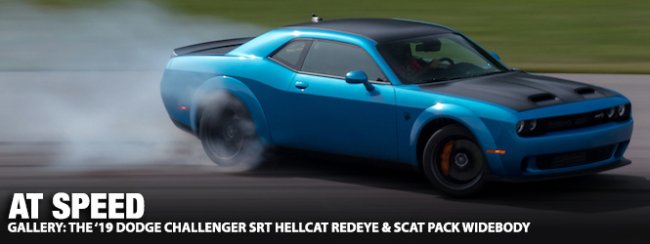
“These are probably my favorite cars that I get to work on,” explained Mark Trostle, head of FCA North America’s exterior design department for performance vehicles. “Timelessness is something that every automotive designer strives for, and that’s something I think we have done really well with the Challenger. We’ve created something that’s lasting rather than trendy – something that stands out on the road.”
More than a decade after the Challenger’s debut at the 2008 Chicago Auto Show, Dodge’s big coupe continues to forge its own path. As the Mustang and Camaro shrink down in size in an effort to chase lap times and bolster efficiency, the Challenger remains defiantly true to its roots – a ground-pounding, head-turning street machine that makes no apologies for what it is.

And that strategy is working: Not only did the Challenger outshine both the Ford and Chevy pony cars in monthly sales on a number of occasions last year, sales of the Challenger have also continued to rise year-over-year, bucking consumer trends that have recently seen an abrupt shift away from passenger cars in favor of crossovers. Considering the LX platform’s age, that’s saying something about this car’s ability to connect with people on an emotional level.
Still though, with four years having passed since the 2015 refresh and the introduction of the game-changing Hellcat, Dodge knew they’d need to bring some new tricks to the table if they wanted to keep interest high. While all models in the Challenger lineup get some tweaking for 2019, it’s the introduction of two new performance variants, in particular, that bring us to a large warehouse in Portland, Maine, called Brick South.
From here we’ll be taking the SRT Hellcat Redeye and R/T Scat Pack Widebody models on a road trip to Tamworth, New Hampshire, to put them through their paces on the Club Motorsports road course, a 2.5-mile, 15 turn racetrack that features 250 feet of elevation change due in part to the fact that it’s literally carved into the side of a mountain. But first, let’s find out what makes these two new Challengers tick.

Scat Pack Widebody
“When we started working on this car, the original intent was just to put fender flares on it and wide tires,” said Jim Wilder, SRT Vehicle Development Manager for the Challenger and Charger, when introducing the newest naturally aspirated Challenger. “But a small group of us got together and asked, “What could we do here – could we go a little further with this? Could we make it even more track capable still maintaining good street manners?”
Wilder’s team set to work on the suspension system, installing 14% stiffer springs up front with a bigger sway bar (34mm versus the standard 32mm), while the rear received a larger 21.7mm sway bar, up from the 19mm piece on the standard Scat Pack. The three-mode adaptive dampers that come as part of the Widebody package were significantly retuned from their use with the SRT models as well, an effort designed to provide a compliant ride in the Street setting and flat cornering when the stiffness is ratcheted up to Track mode.

“At the end of the day it’s all about performance,” Wilder noted. “This car now makes .97g on the skid pad, up from .93g, we dropped 60 mph braking distance from 111 feet to 108, cut a tenth out of the 0-60 time, and in the quarter mile we dropped two tenths. But being that this is the track-focused car, the real number is out on the road course, and this one drops two seconds per lap on a two-mile track. That’s twelve car lengths per lap over a standard Scat Pack, and it now runs door to door with a narrow body Hellcat on that same track.”
Considering the Scat Pack’s 232 horsepower deficit to the 2019 Hellcat, it’s clear that this isn’t just an aesthetics package. Under the hood is FCA’s venerable 6.4-liter naturally aspirated Hemi V8, here making 485 horsepower and 475 pound-feet of torque. While it doesn’t generate the raucous absurdity of the supercharged Hemis, it does make for a more balanced package, as evidenced by the numbers.
Along with the flared bodywork, retuned suspension, wider wheels, and 305mm-wide Pirelli rubber, the Scat Pack Widebody also scores big six-piston Brembo brakes up front as well as the hood that was formerly reserved for the Hellcat models. FCA says the 2019 Scat Pack starts at $38,995, and the Widebody package will tack on an additional $6000. For the sake of reference, our loaded-to-the-gills tester rang up $55,569 with destination.

SRT Hellcat Redeye
Few people could have anticipated how the Hellcat would raise the bar for attainable high performance. Before its debut 700+ horsepower was basically unheard of outside of the supercar realm, and after Dodge dropped the mic, other automakers scrambled to formulate their own responses. Since then we’ve seen the debut of the 755 horsepower Corvette ZR1, and with Ford’s Mustang GT500 expected to make north of 700 ponies, Dodge knew they’d need even more firepower if they wanted to maintain the upper hand in the horsepower wars.
While the 840 horsepower SRT Demon boasted a jaw-dropping output number, its singular focus and limited production numbers made it seem like more of a one-off experiment rather than a new standard for muscle car performance. However, its creation necessitated the development of a powertrain that could deliver 800+ horsepower with enough reliability to be used every day and carry an OEM warranty. It would have been a shame to limit its existence to just the 3300 examples of the Demon that were produced.
“Basically the Redeye is the outcome of a marriage between a Demon and Hellcat,” Wilder told us. The result is, in essence, a Hellcat with 797 horsepower and 707 lb-ft on pump gas. Although it’s an automatic-only affair (the six speed manual is still available on all other V8 Challengers), the Redeye scores a number of Demon goodies, like the After-Run Chiller and the Torque Reserve system, as well as the Demon engine’s beefed up internals and larger, 2.7-liter supercharger – now the largest factory blower available on any production car.
But why 797 horsepower instead of the Demon’s 808 ponies on pump gas? Wilder told us it came down to the air intake design. While the Demon’s massive hood scoop allowed the engine to breathe as deeply as it wanted, it would also create front end aerodynamic lift at high speeds. That wasn’t really an issue with the Demon since it was electronically limited to 168 mph (due to the drag radial tires), but with the Hellcat’s 200+ mph potential, they knew the hood would need to be reworked.

While the dual snorkel design is clearly a nostalgic nod to cars like the 1970 Dodge Dart and Plymouth Duster, it’s also functional, serving as one of three air intakes utilized by the big Hemi. But FCA says that because it’s more restrictive for the sake of aerodynamics, the power had to be dialed back slightly. We can’t help but wonder if the desire to keep that 800 horsepower milestone exclusive to the Demon played a role too, though.
Eleven ponies notwithstanding, the 90hp bump from last year’s Hellcat Widebody translates to a 3.4-second dash to 60 mph from rest and a quarter mile time of 10.8 seconds @ 131 mph on the way to a 203 mph top speed.

It’s also worth noting that the drag-focused wheels and tires from the Demon will bolt right up to the Redeye’s rear axles, and those are probably good for a few tenths at the strip on their own.
The standard narrow body 2019 Challenger SRT Hellcat now starts at $58,650, which is actually about five grand less than the 2018 model’s base price. It’s worth noting that SRT got there by taking formerly standard features and making them optional, though – the base model now comes with a six-speaker stereo and cloth seats, for instance. Stepping up to a narrow body Redeye brings the entry point up to $69,950 before you start piling on the extras. Of the two well-equipped models we drove on the street, one rang up $85,810 with destination, the other $91,469.

On The Street
As the walls of the Brick South building began to echo with the rumble of Hemi power, we knew it was going to be a good day. We selected a Redeye in Go Mango orange for the drive to Club Motorsports, a 70-mile journey that would give us a chance to see how the big brute behaves out in the real world.
For those already familiar with the Hellcat, the Redeye might feel more evolutionary than transformative. That jives with the straight-line numbers too – just a tenth separates the Redeye from the Widebody Hellcat in both 0-60 and quarter mile times. It’s clear that a lot of it comes down to traction though – like the narrow body Hellcat before it, roasting the rear tires is really just a matter of stabbing the throttle at any speed under 70 mph. There’s likely a lot more capability on the table that’s only a tire swap away.
But as with its supercharged predecessors, one of the most striking attributes of this Demon spawn is how manageable it is in everyday use. Set the drive mode settings to Street, fire up the optional ventilated seats, crank the stereo and hit the highway – even at this level of performance, the Challenger is still a world-class grand touring machine.
It also happens to also be the most powerful muscle car on sale today, and it’s a nice feeling to know that unleashing the hounds of hell on the unsuspecting public is just a matter of stomping on the skinny pedal.

At The Track
Despite its size, the Challenger SRT Hellcat has surprised a lot of doubters out on the road course over the years. Now outfitted with wide rubber to match the power and braking capability, the Widebody Hellcat and Redeye models now have the grip required to contend with the mass and torque on hand. Extracting the most out of the car still requires some patience, though. Get back on the throttle a bit too early on corner exit and sideways shenanigans will be a common occurrence with any traction control setting other than Street. It might not be the fastest way around the track, but it sure is fun.
With nearly 800 horsepower on tap and enough grip to put the power to the pavement with some finessing, going wide open throttle at speed is an awe inspiring event. Club Motorsport’s main straight isn’t especially long, but that doesn’t prevent the Redeye from blowing past 130 mph before we’re hard on the brakes for Turn 1. The Redye’s neutral handling makes the car predictable when driven in anger, so with each successive lap we found ourselves uncorking it a bit more, diving harder into corners and dipping deeper into the throttle where we could.
It’s a thrilling car to drive hard on a road course. But when it comes to Challenger track driving, the Redeye’s naturally aspirated brethren might be even better.
While the Scat Pack Widebody’s horsepower deficit is obvious the first time you stand on the throttle, this model makes up for its output shortcomings in a number of different ways. At 4300 pounds the Scat Pack is certainly no featherweight, but it’s nearly 200 pounds lighter than the Redeye, and almost all of that mass is removed from high up at the front end. Combined with the retuned suspension, the Scat Pack Widebody offers the most responsive handling we’ve seen in a production Challenger to date.

SRT vehicle dynamics manager Erich Heuschele told us that the suspension tuning actually dials in a bit more push at the front end with the Scat Pack than what drivers will experience with the supercharged cars. As he explained it, this gives you the ability to toss the car around a bit more, while the neutrality of the Hellcats is more about ensuring that the car stays under you. In many ways, this is what the 2018 Challenger T/A should have been – an homage to the Trans Am racing homologation cars of the original muscle car era. While it might not have the aesthetic, it certainly has the hardware.
Any way you slice it, the Challenger lineup continues to expand to offer something for just about every buyer. Some may scoff at the lofty price tags attached to the Hellcat Widebody cars, but there’s now a Scat Pack that ostensibly mirrors the look at a 40% discount.
The Challenger is quickly becoming for Dodge what the 911 is for Porsche – a modular platform for enthusiasts to build the ride of their dreams to their exact specs, and we’re perfectly okay with that.



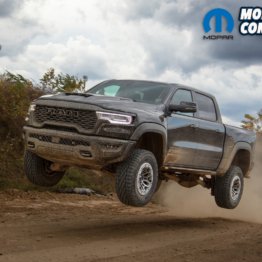
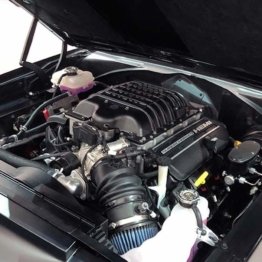





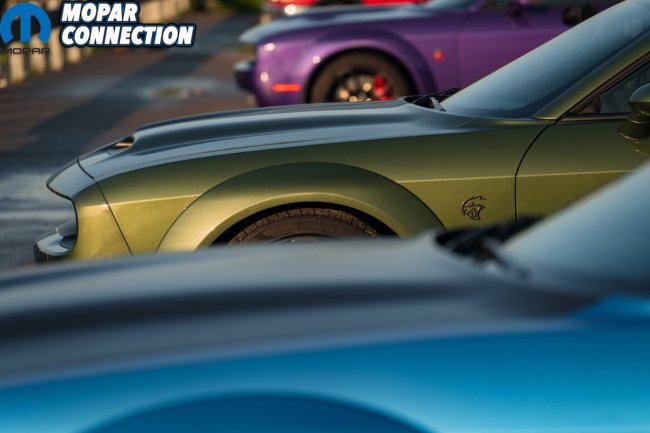
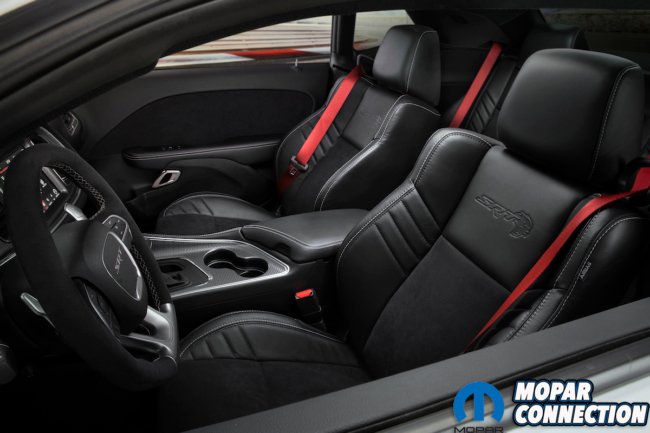


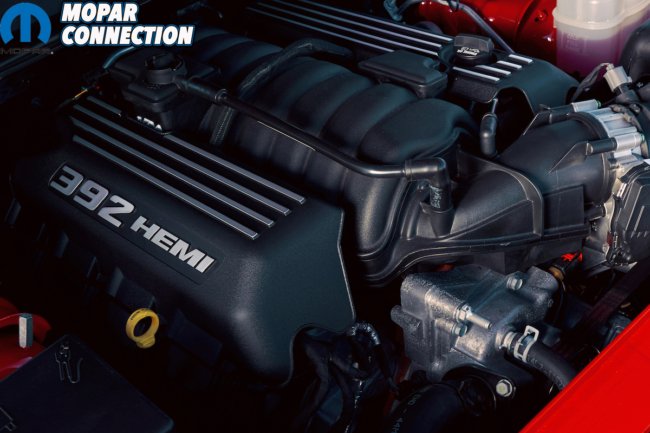

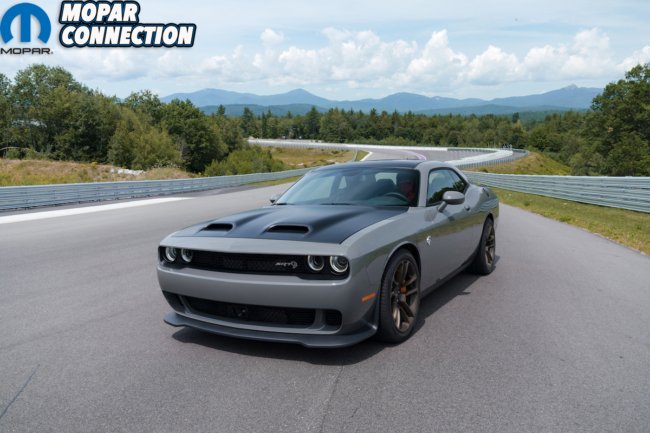

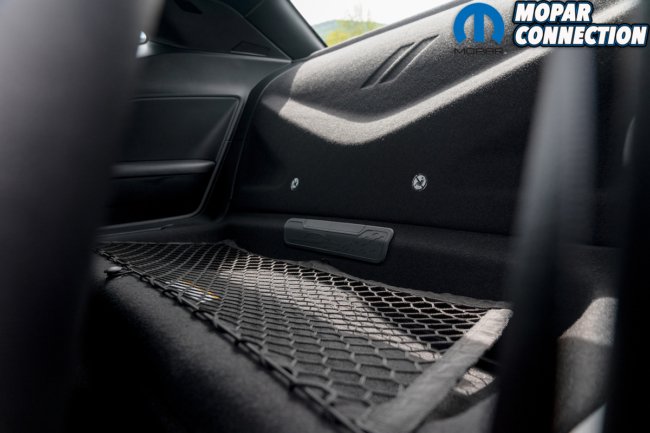

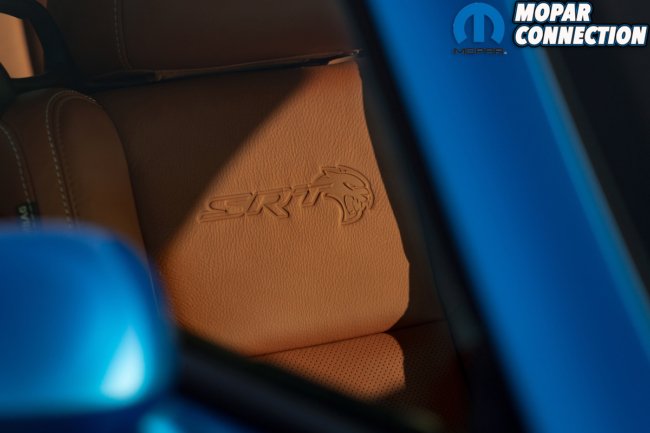
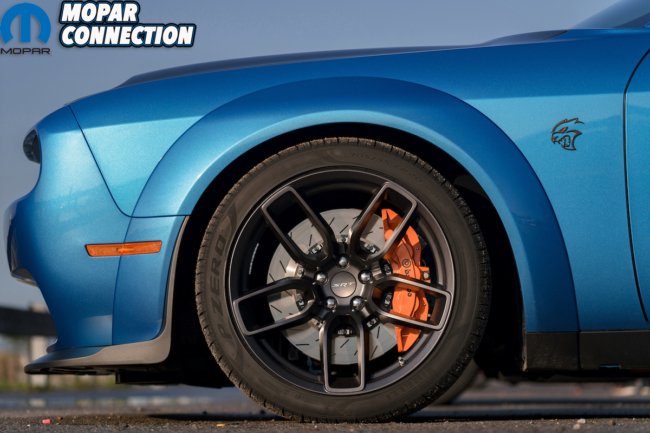

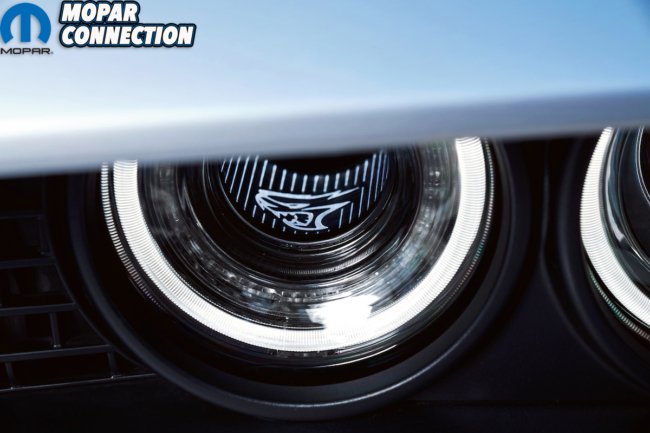

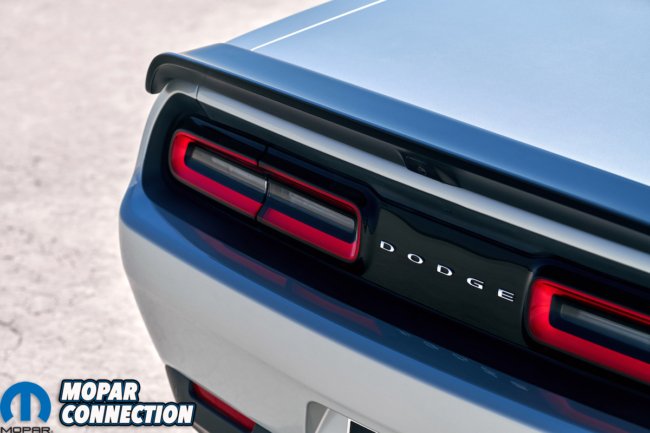





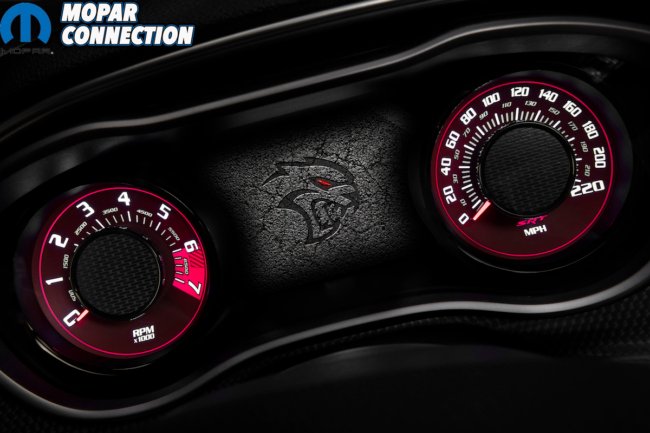






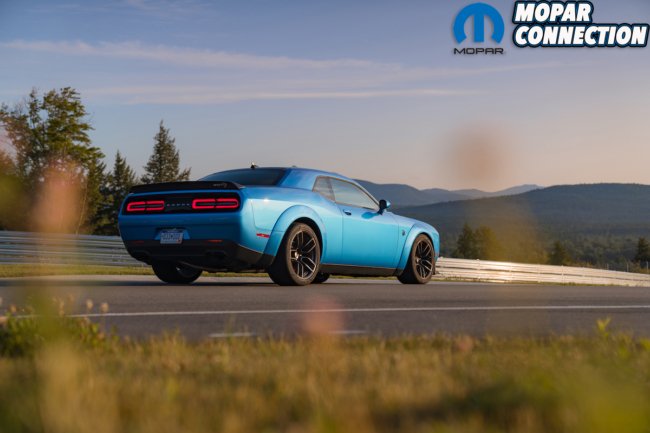
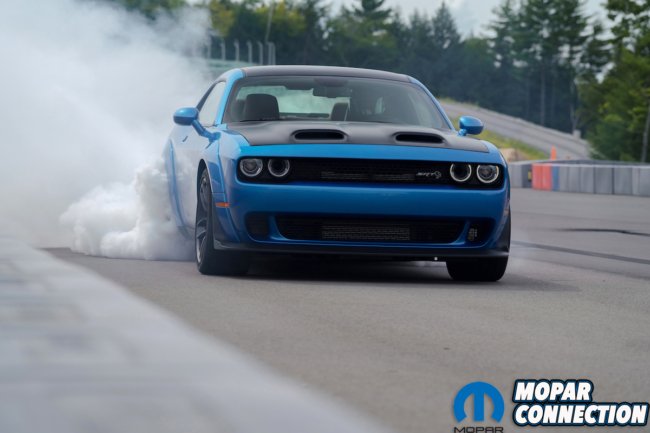
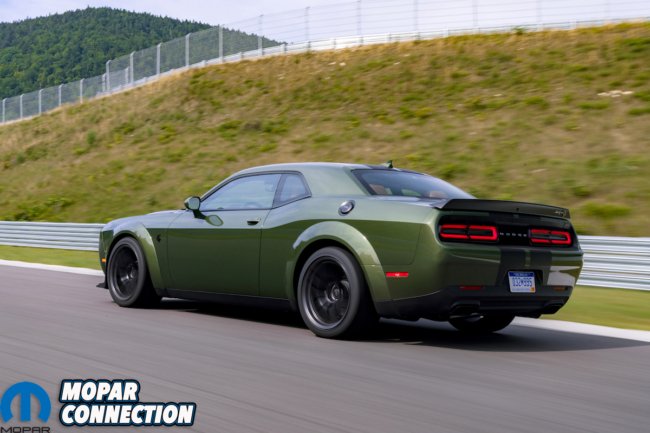

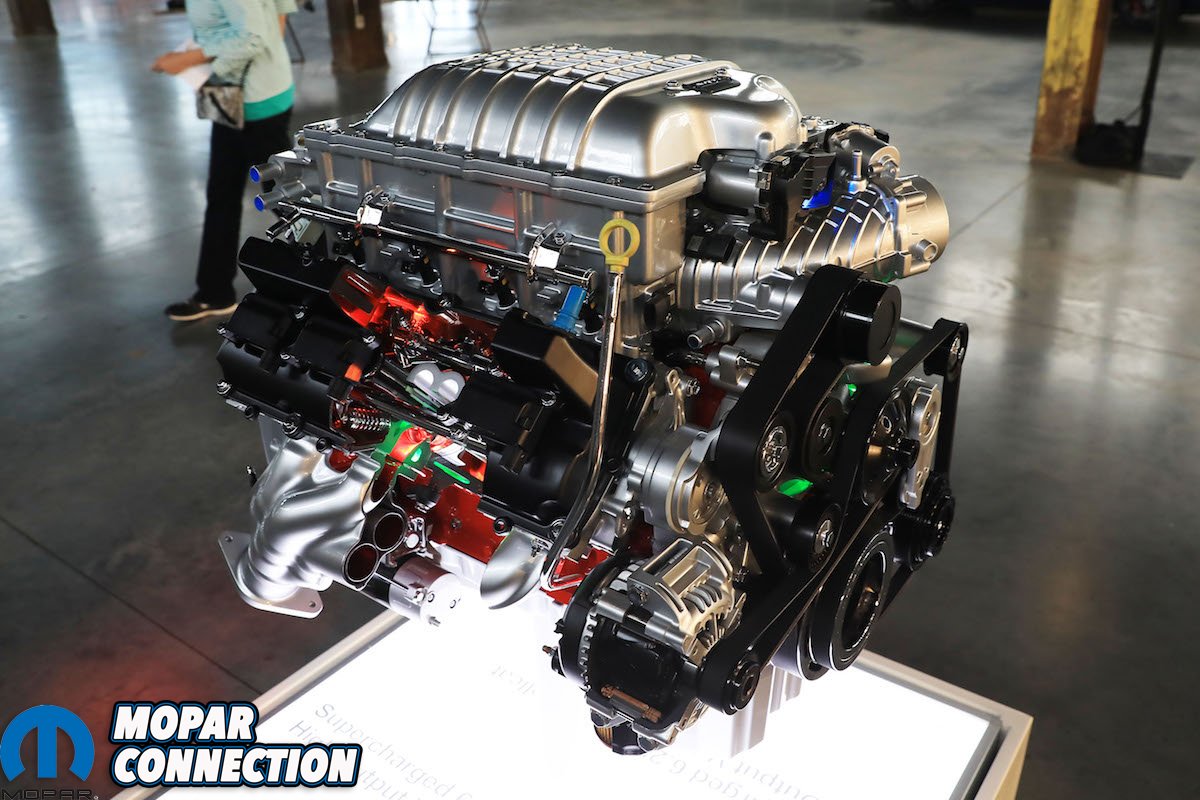






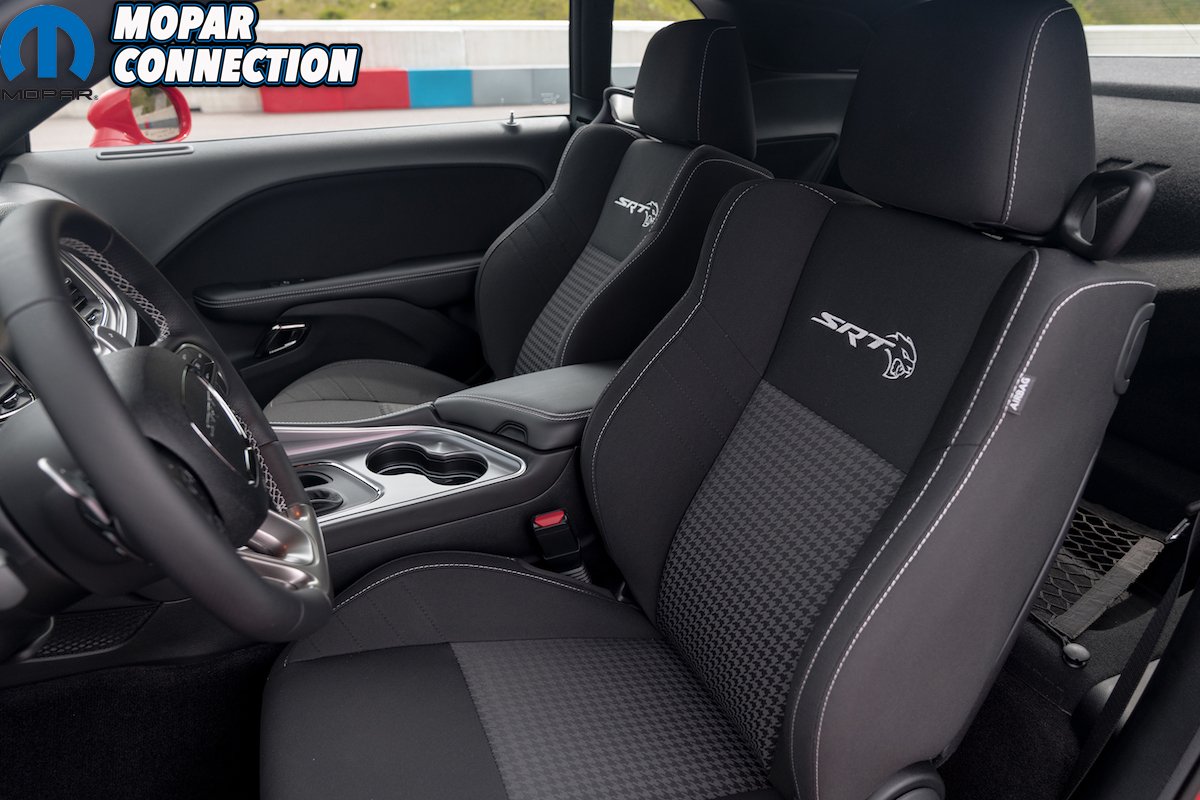

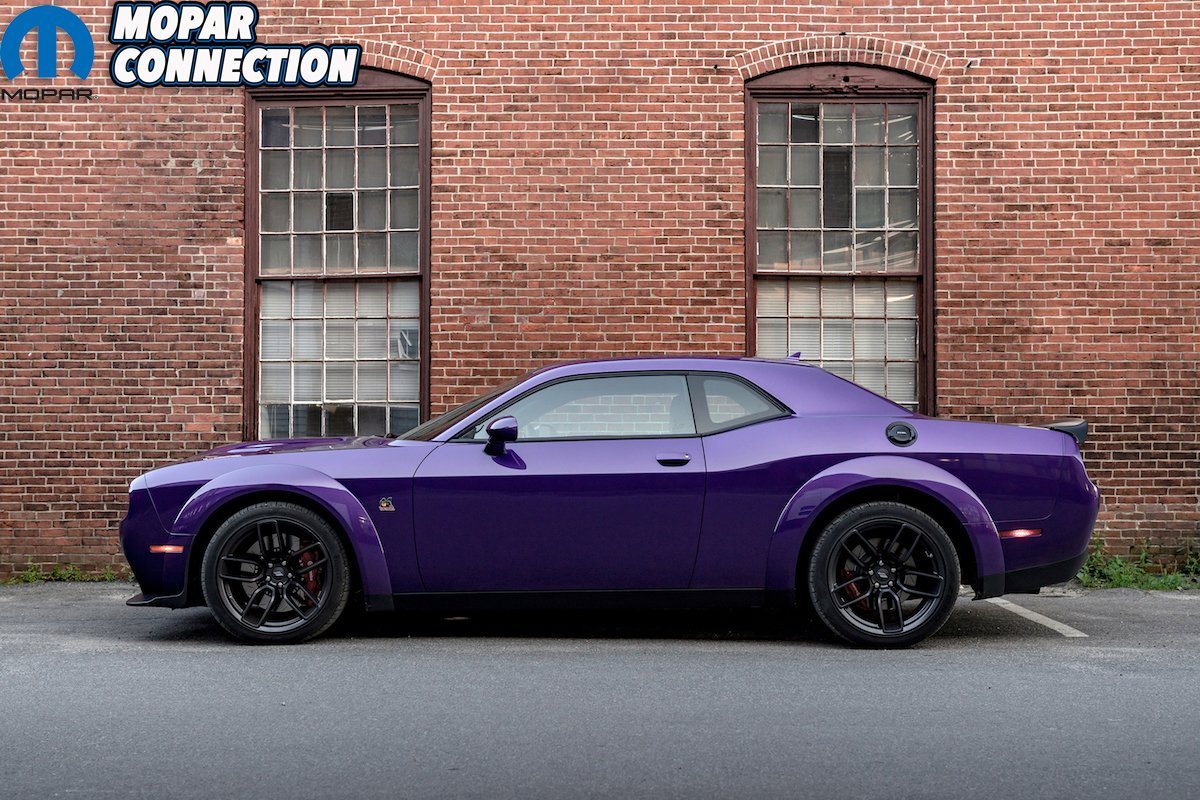

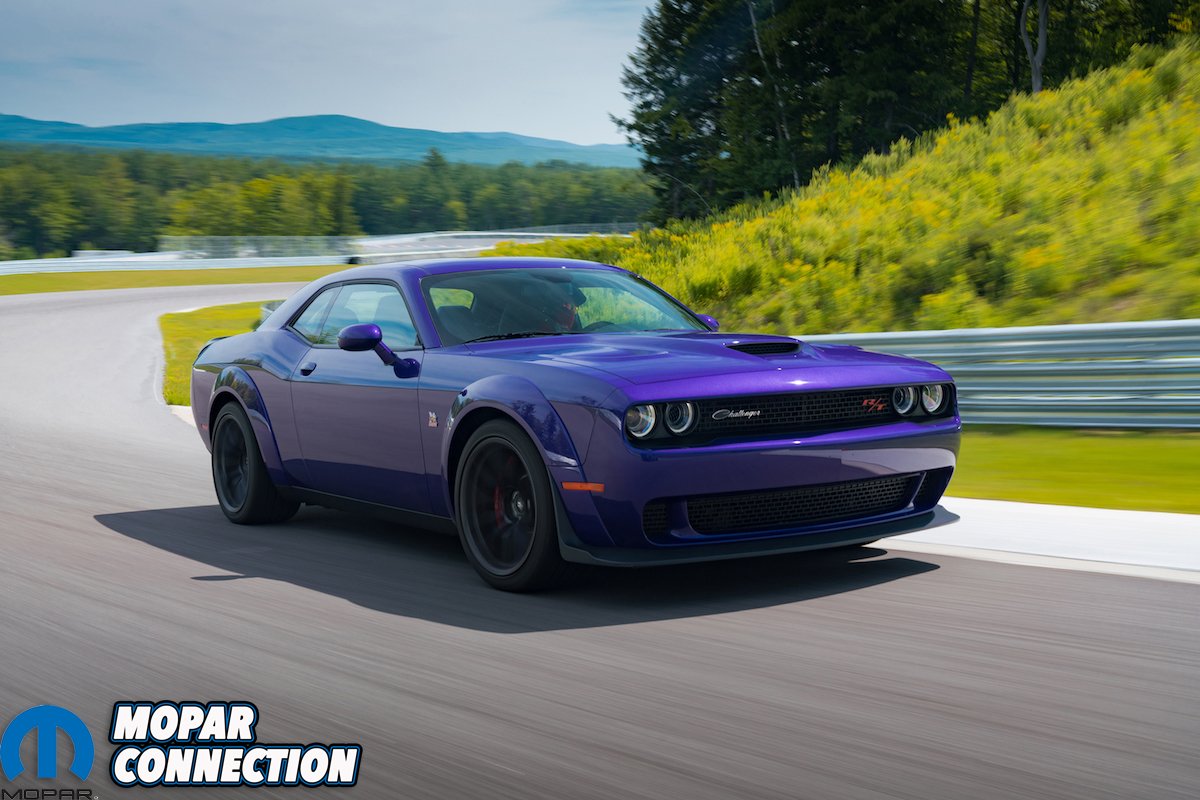
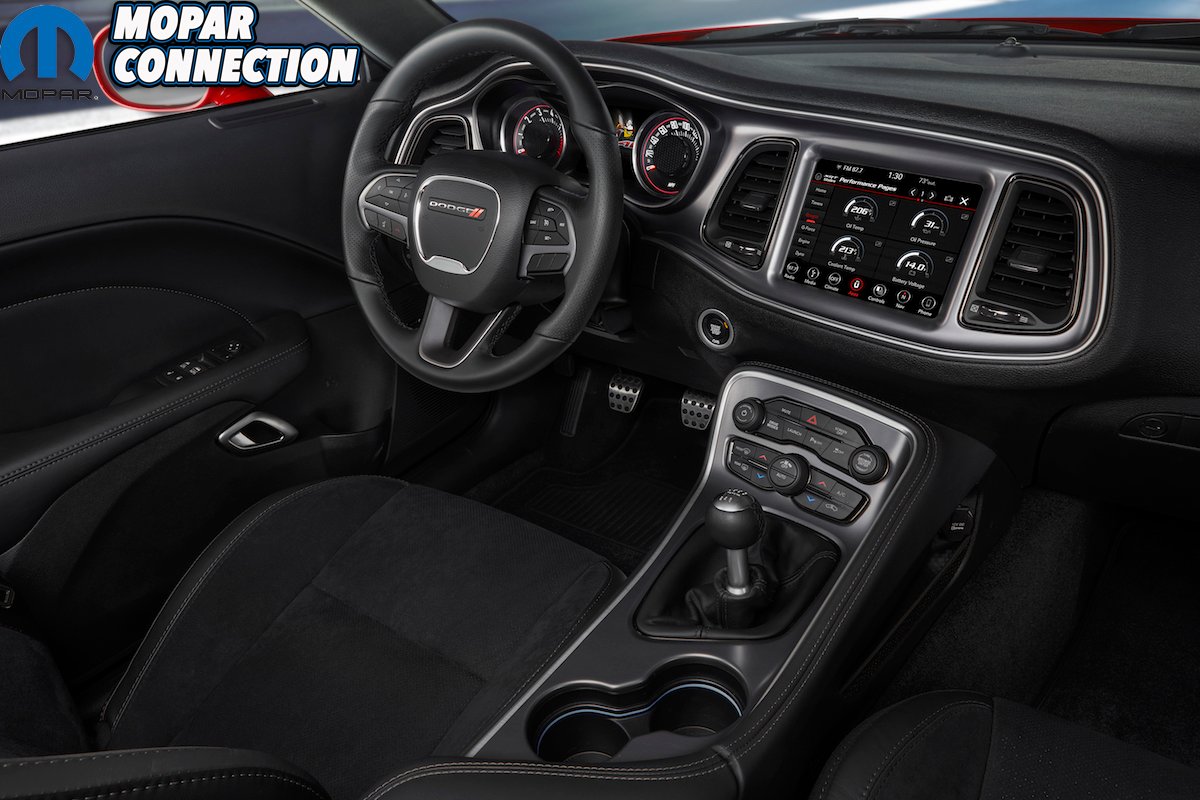

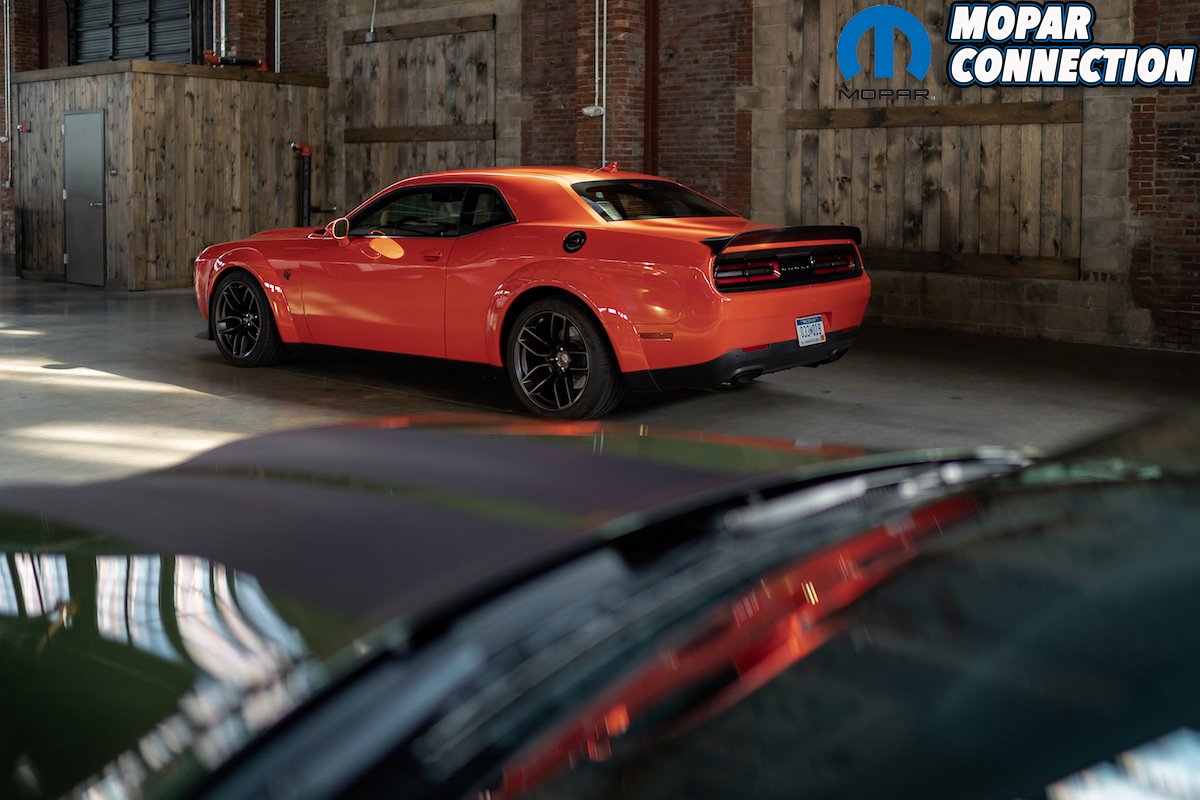





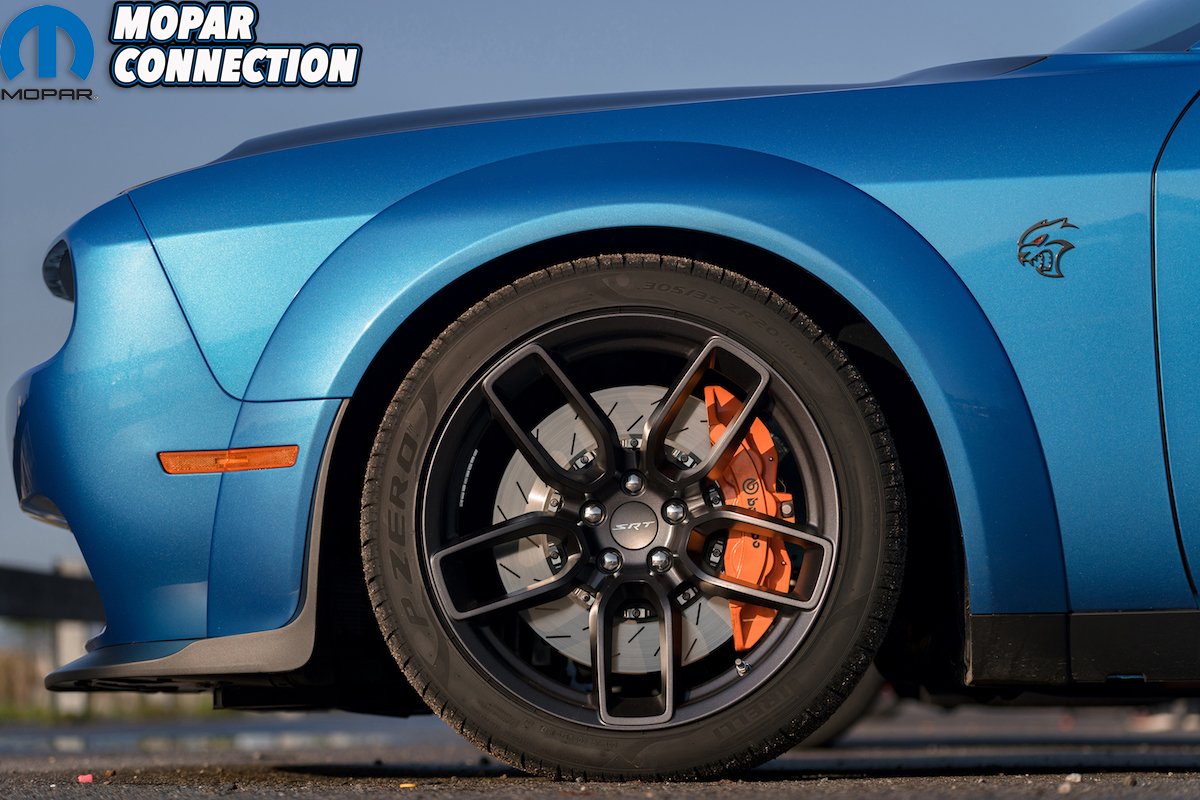

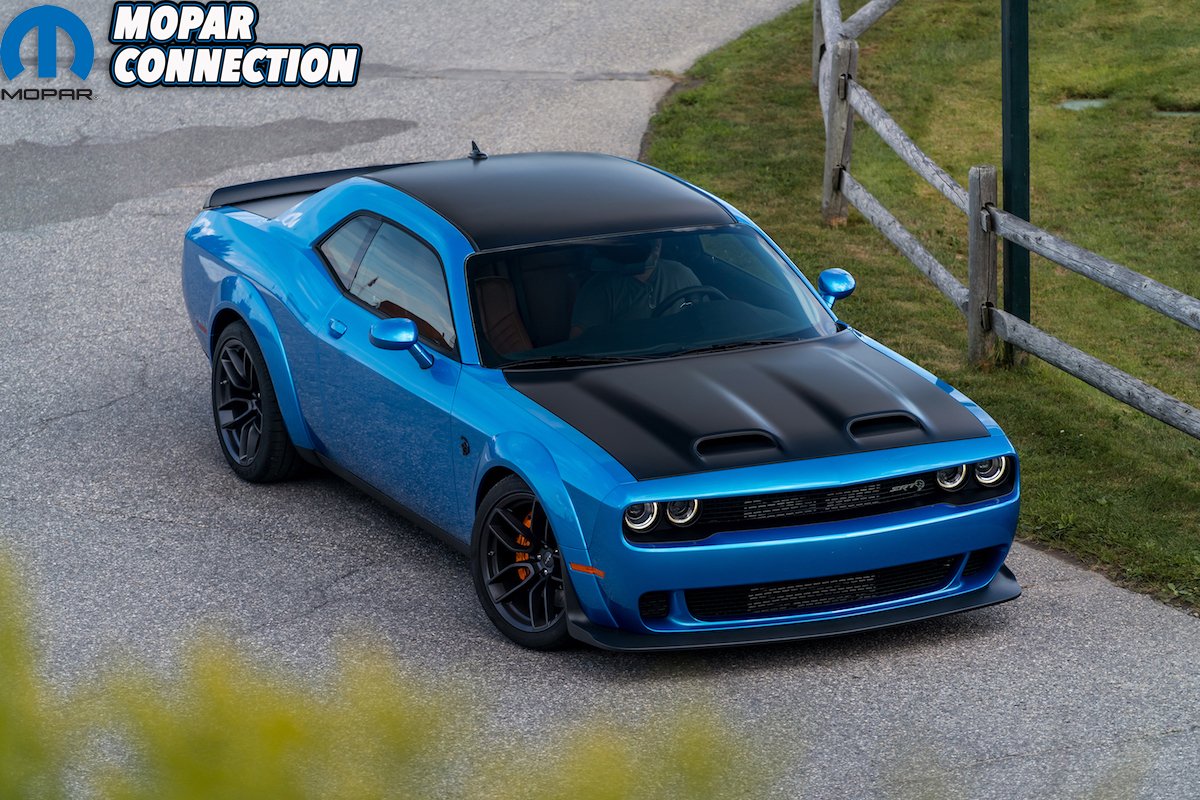
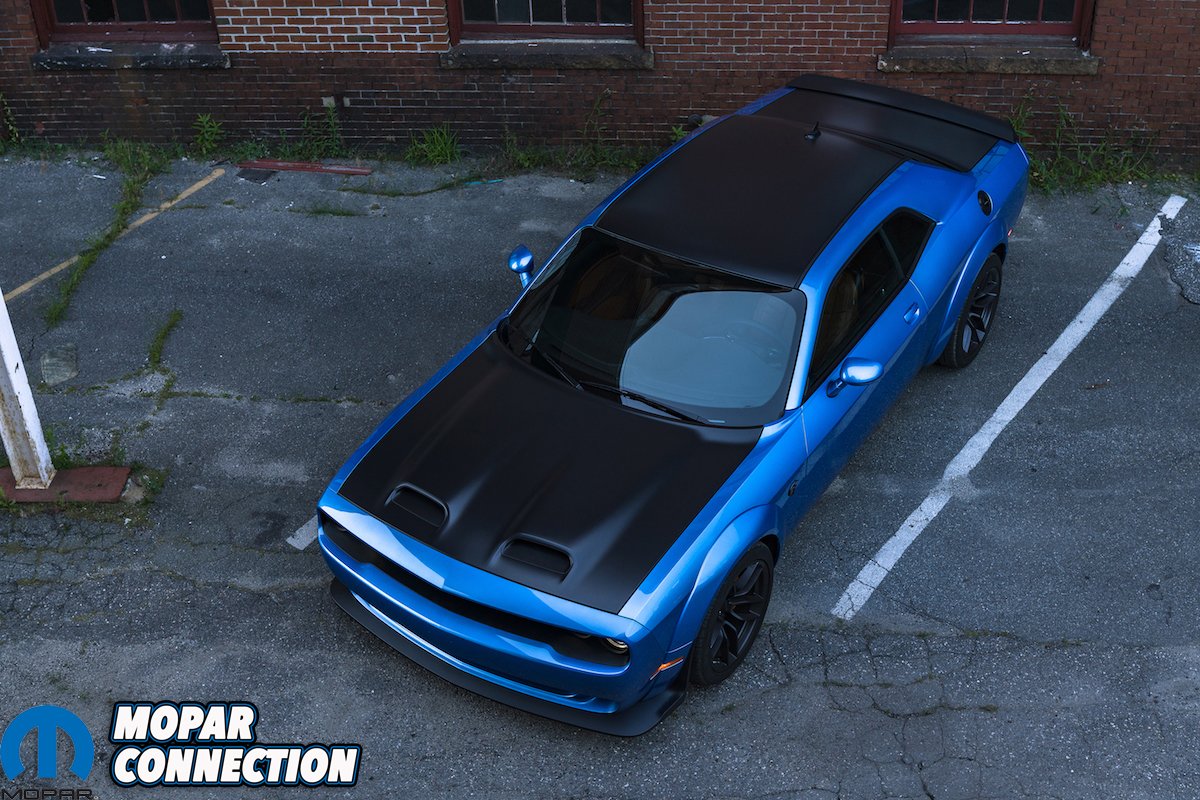



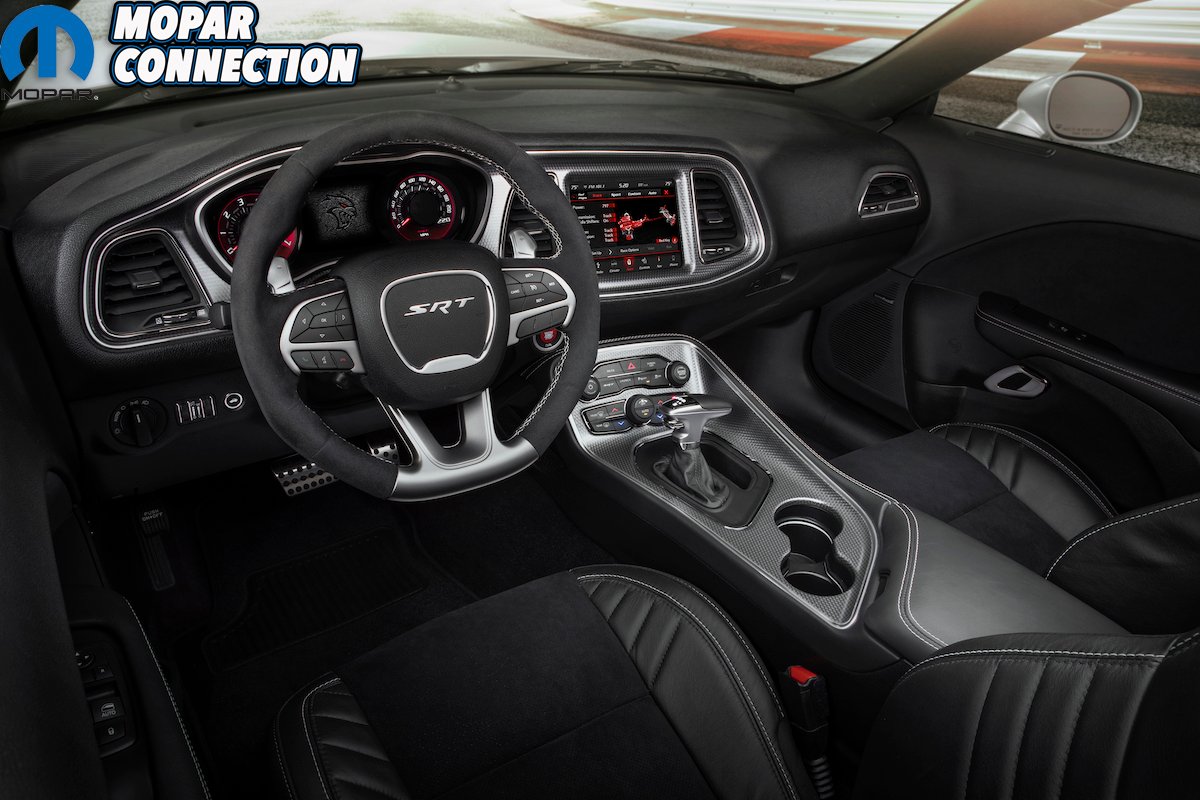
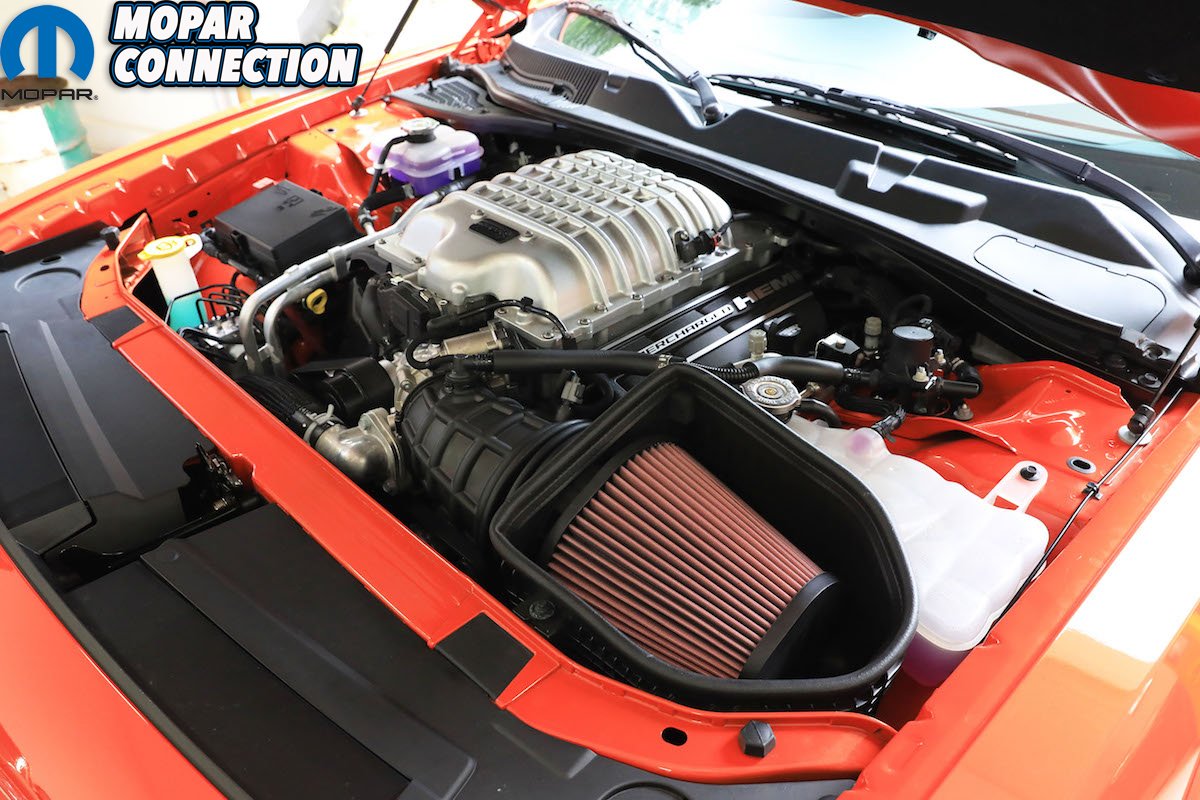
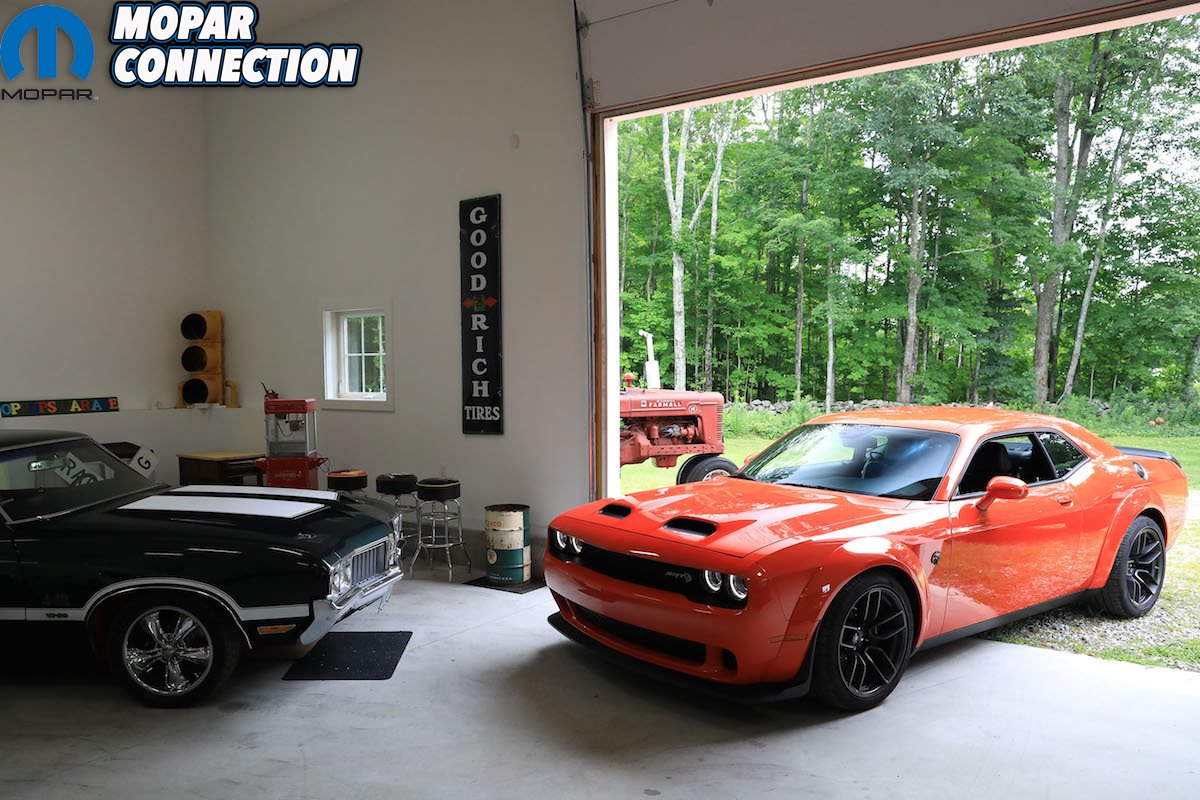

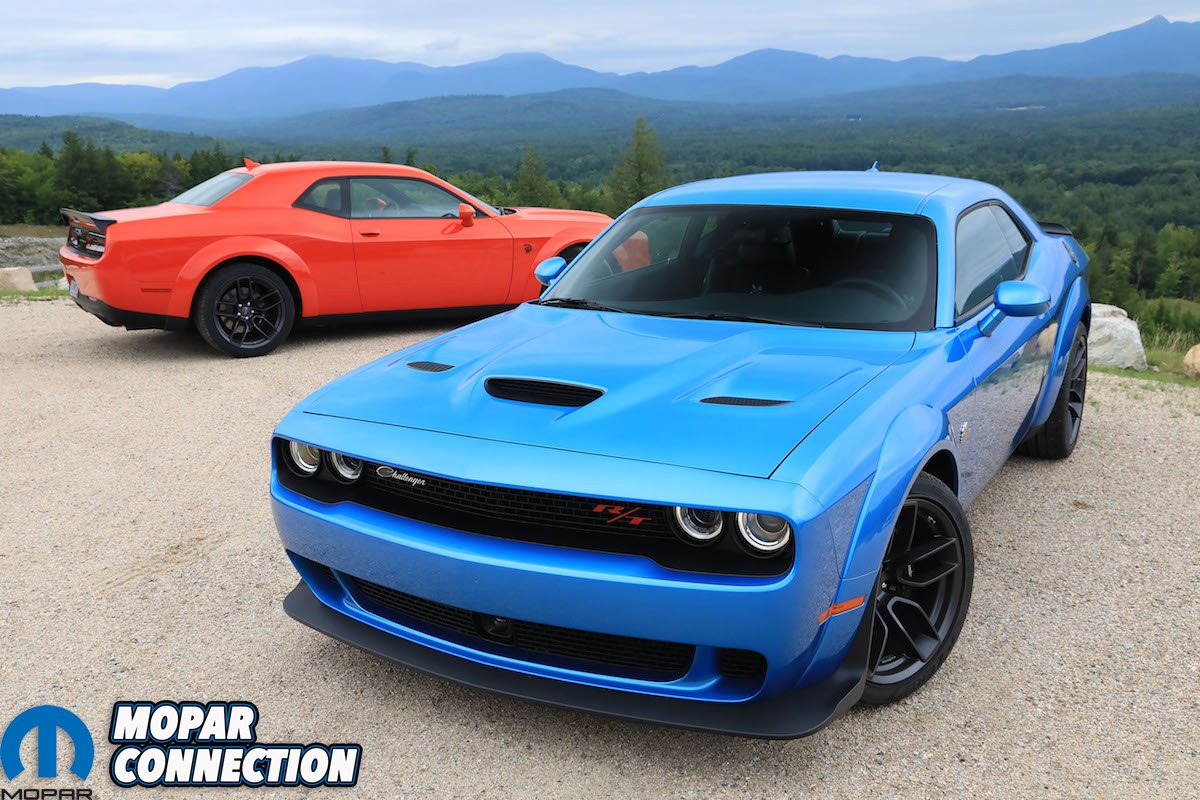

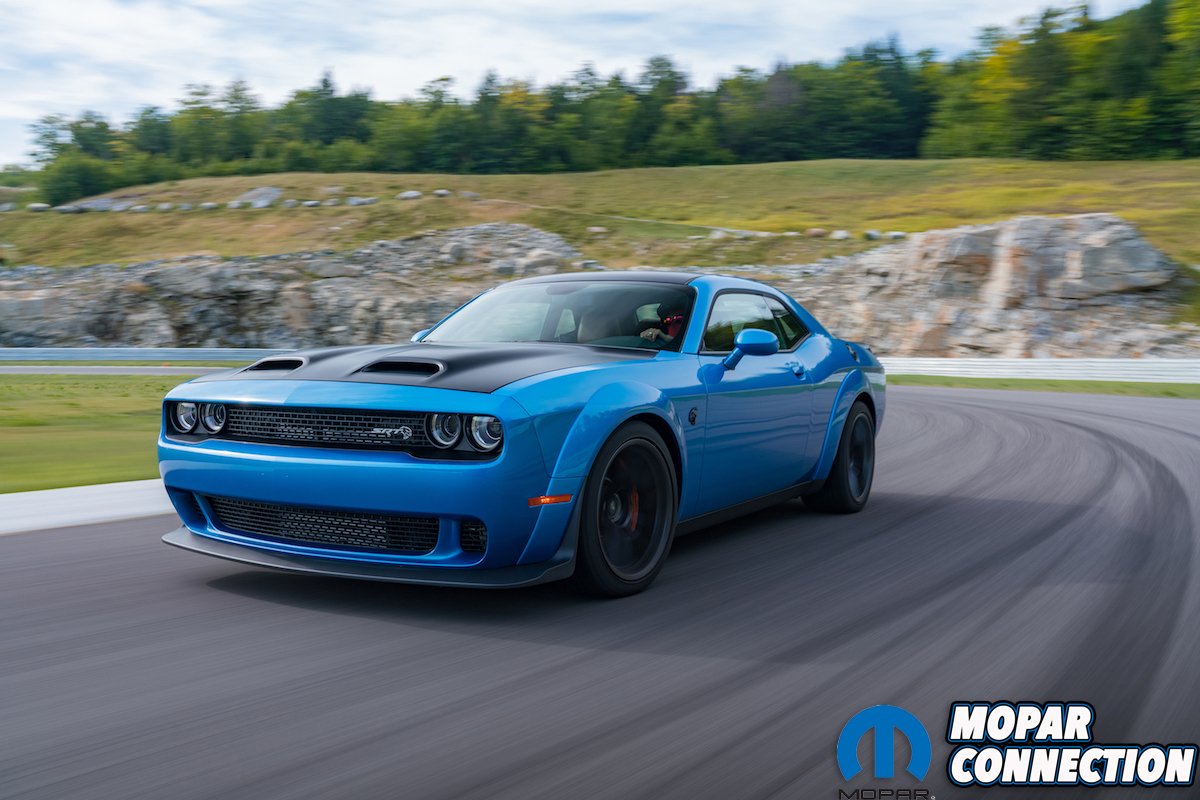
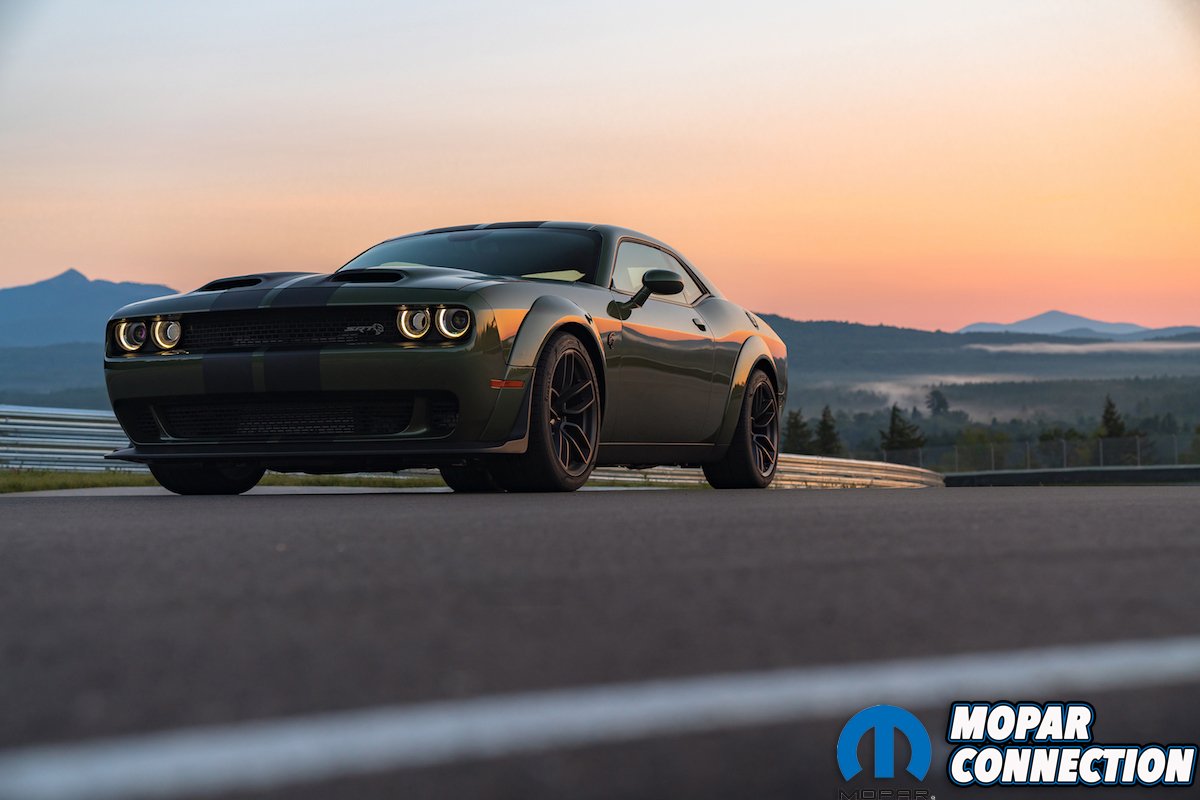

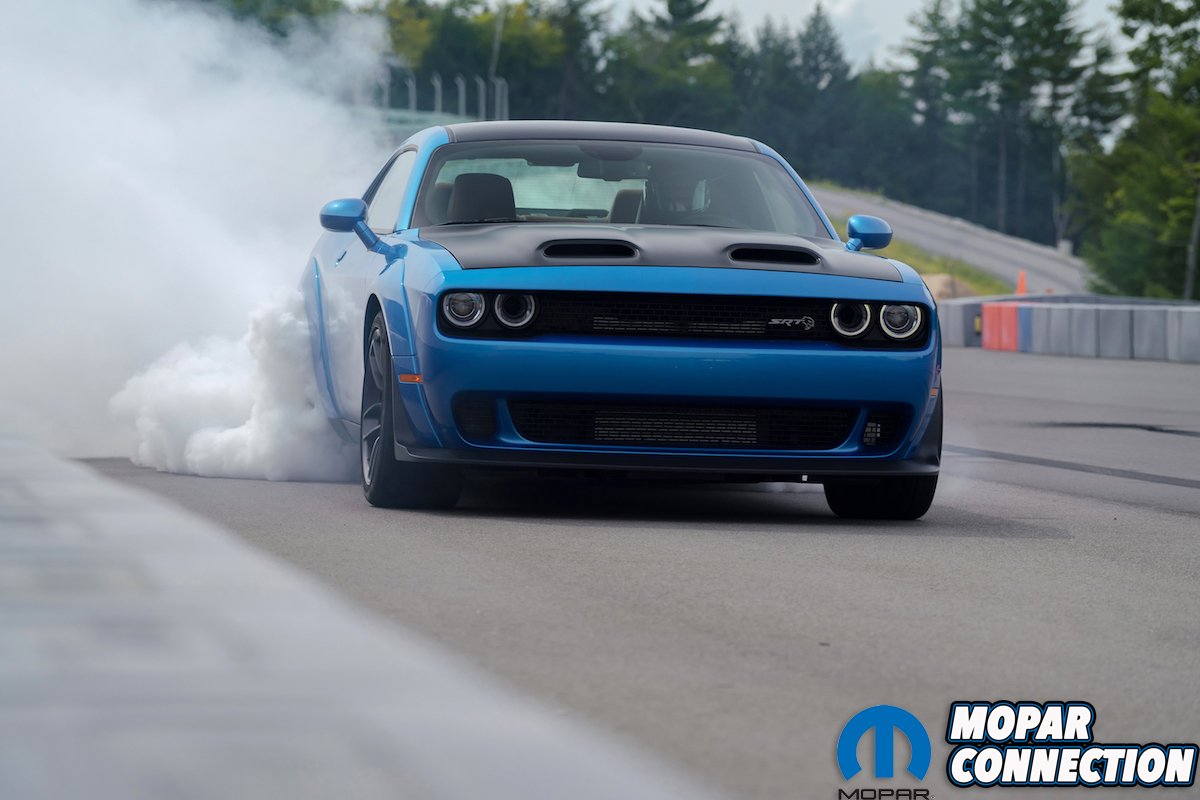

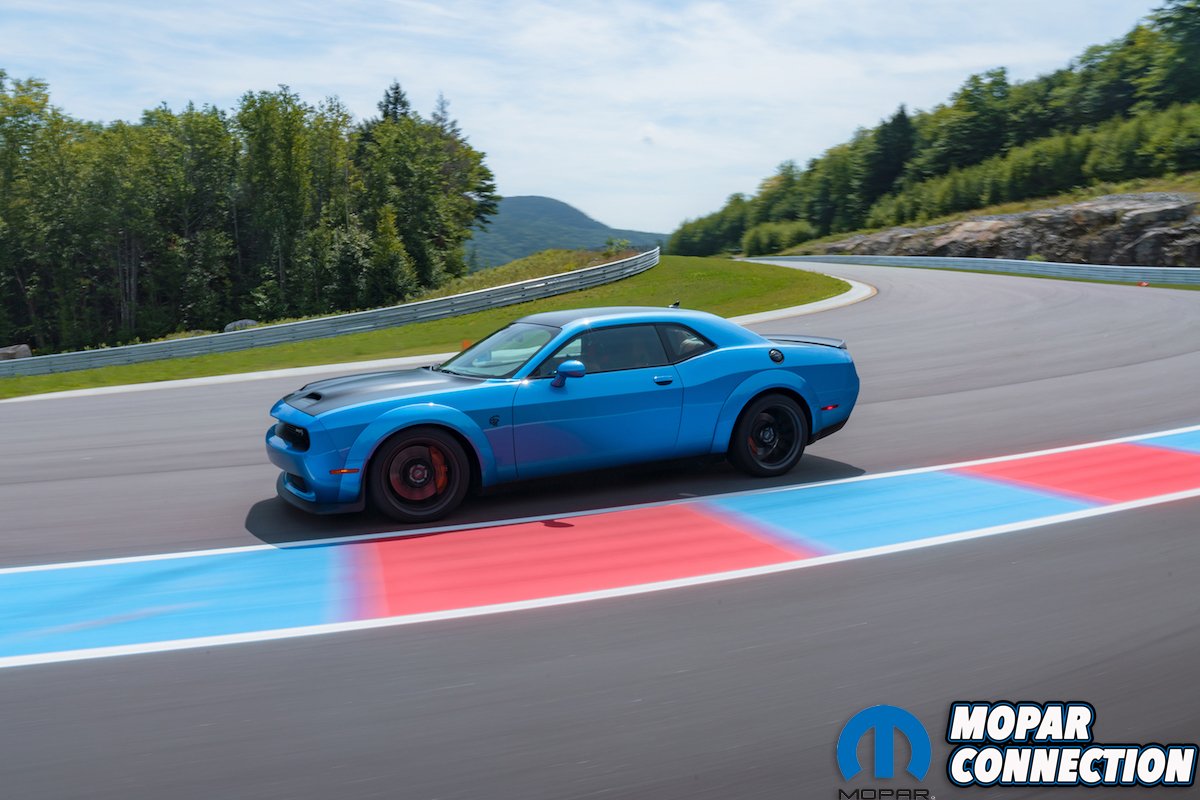
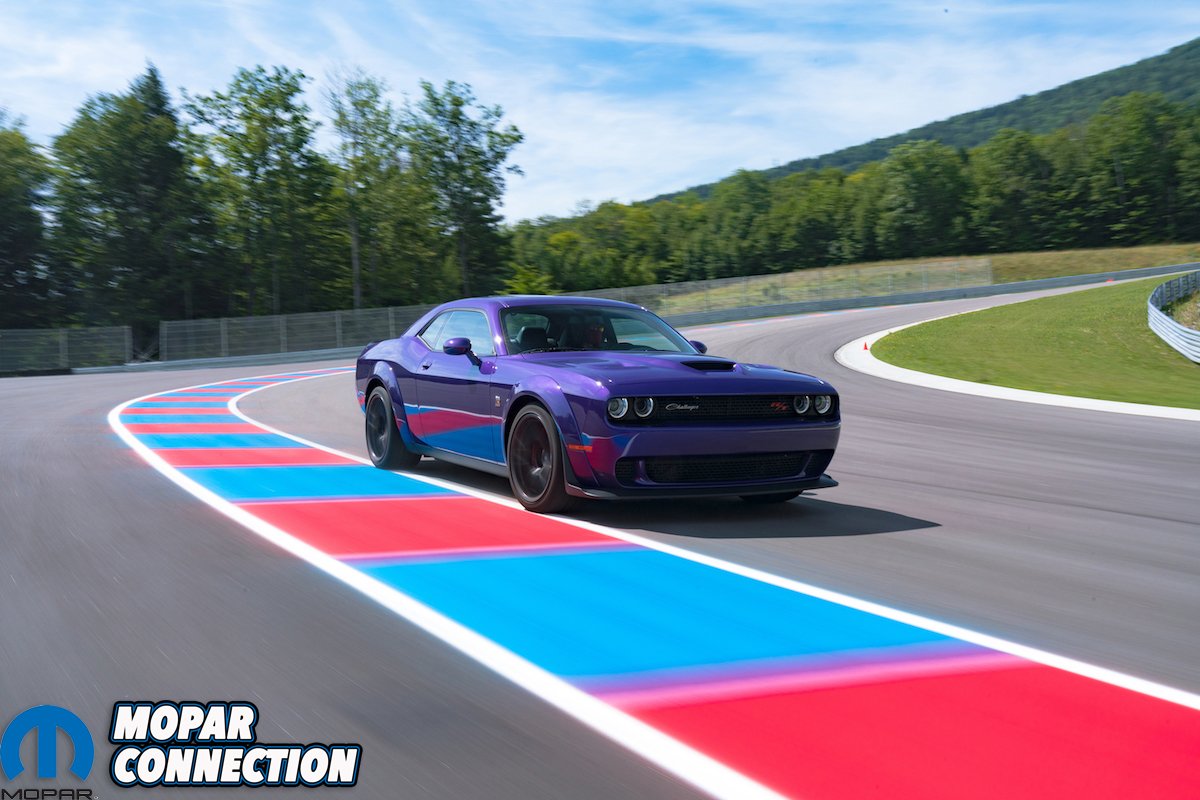


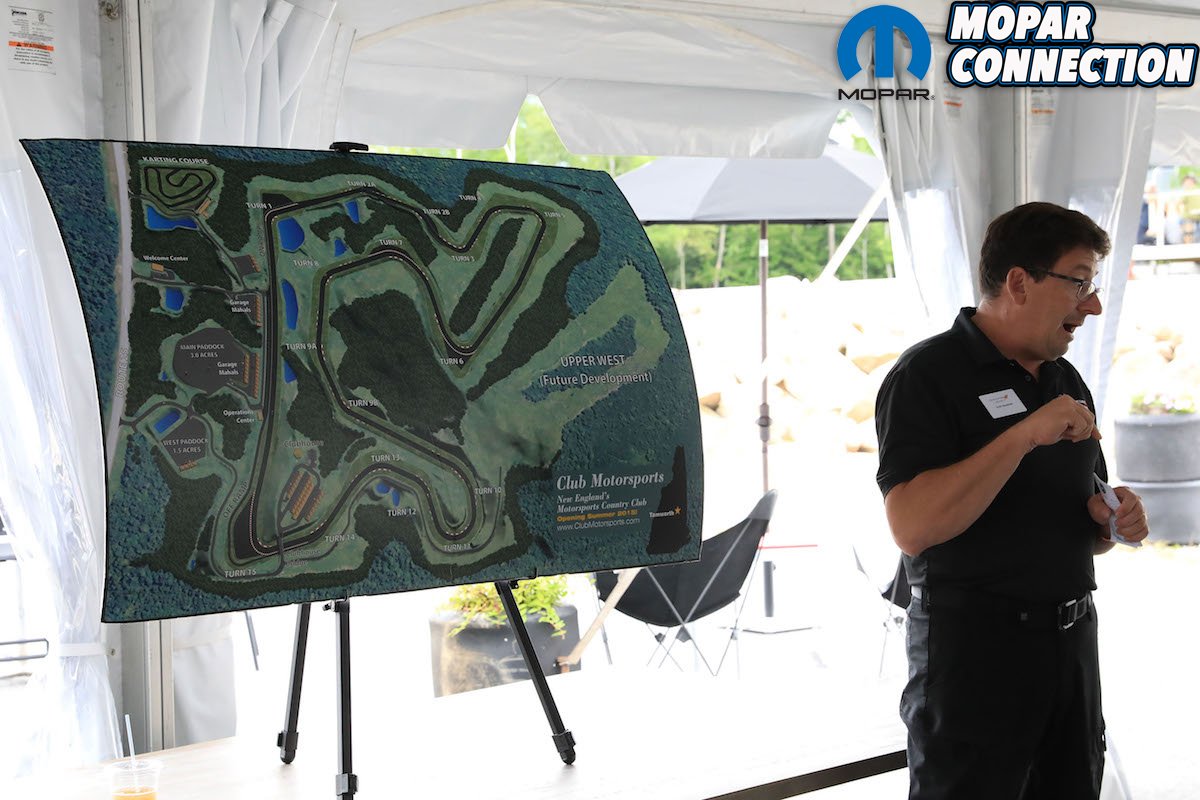
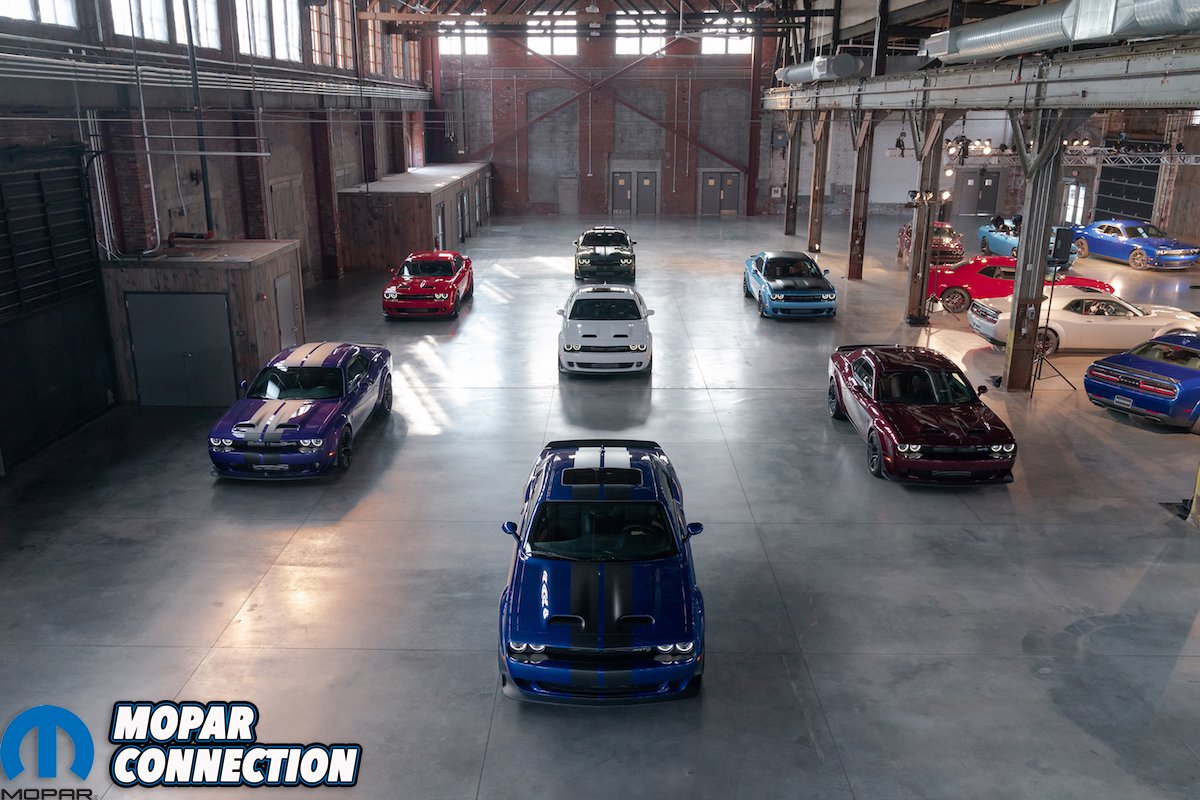
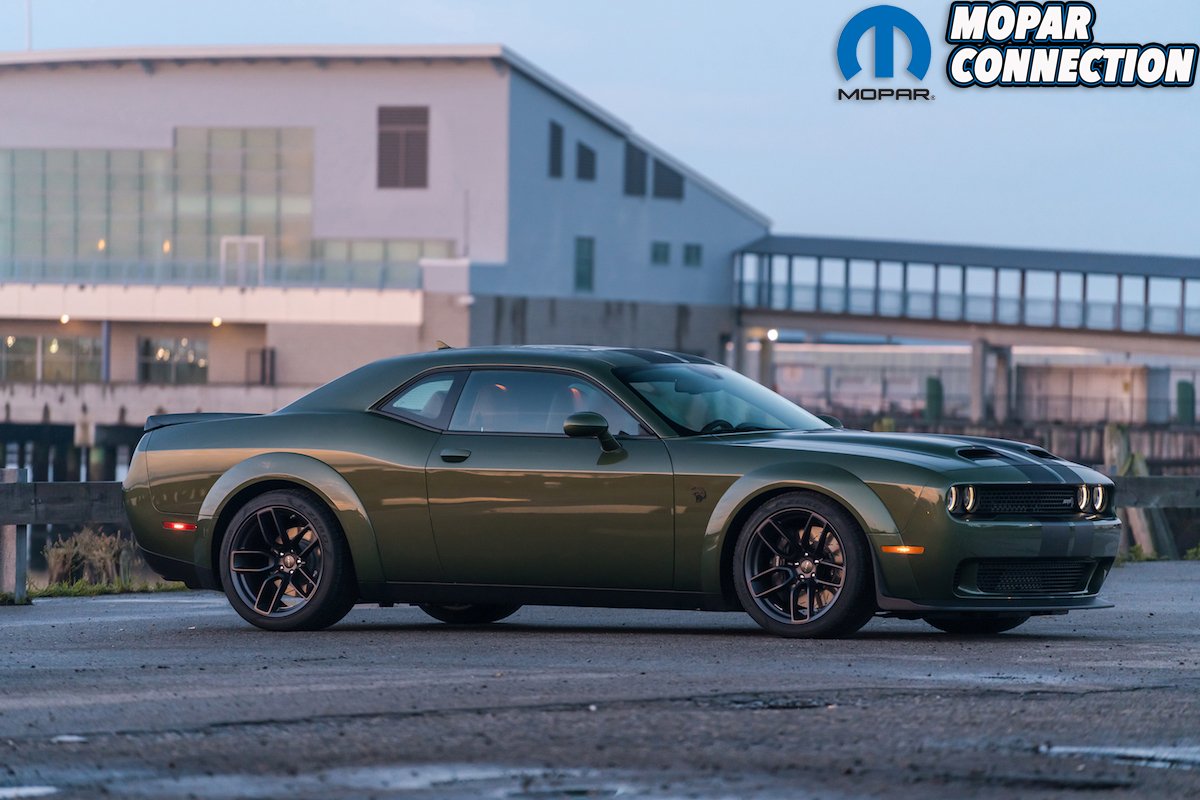
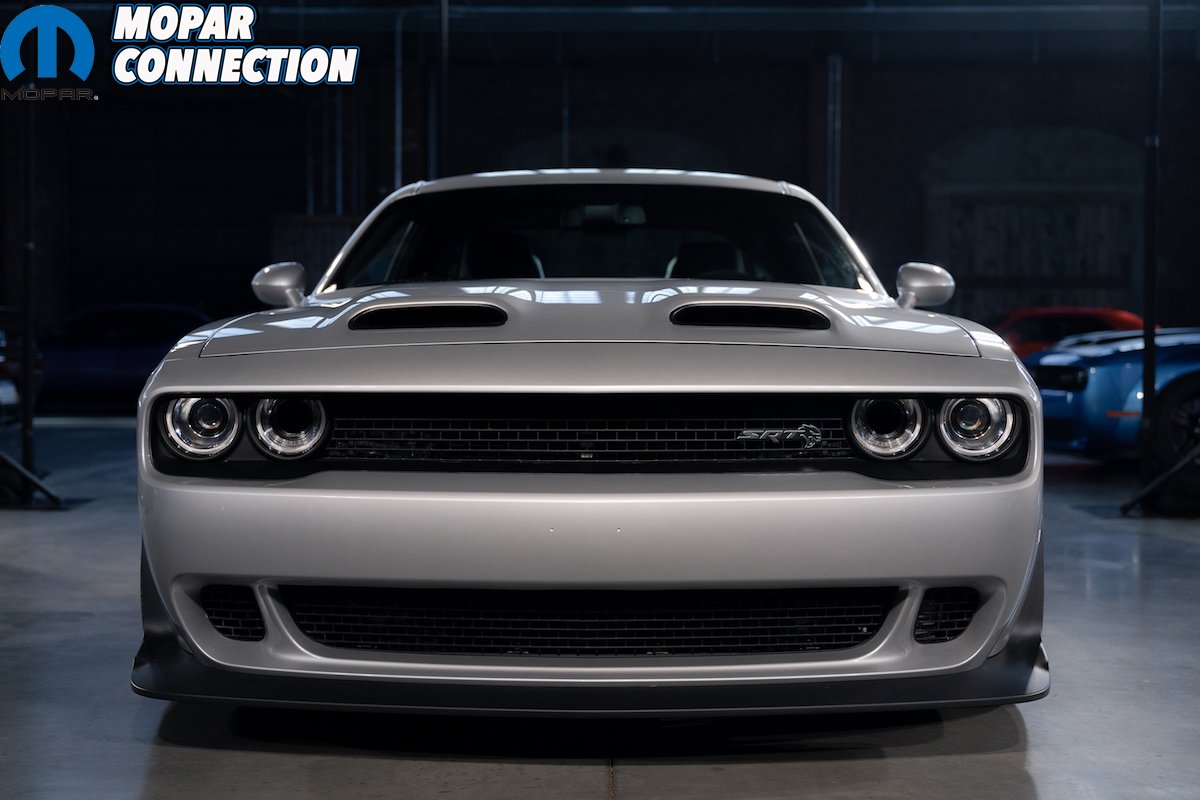


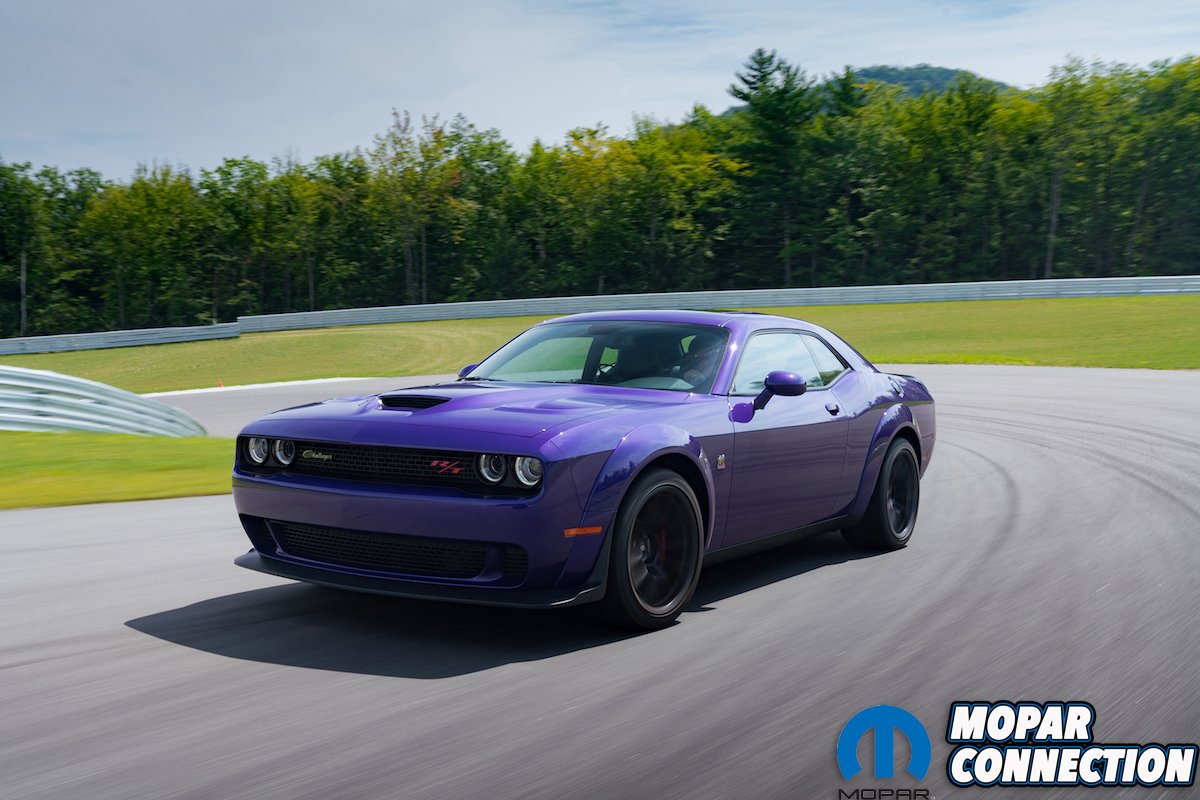

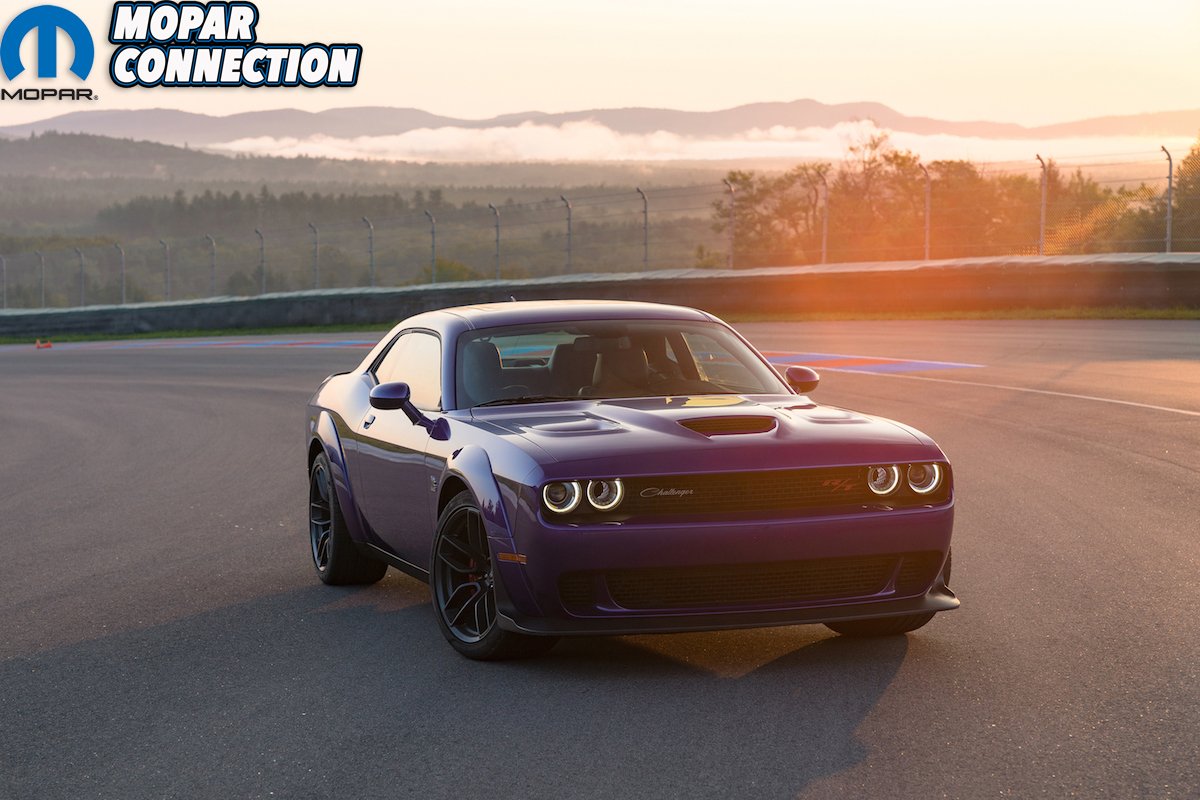

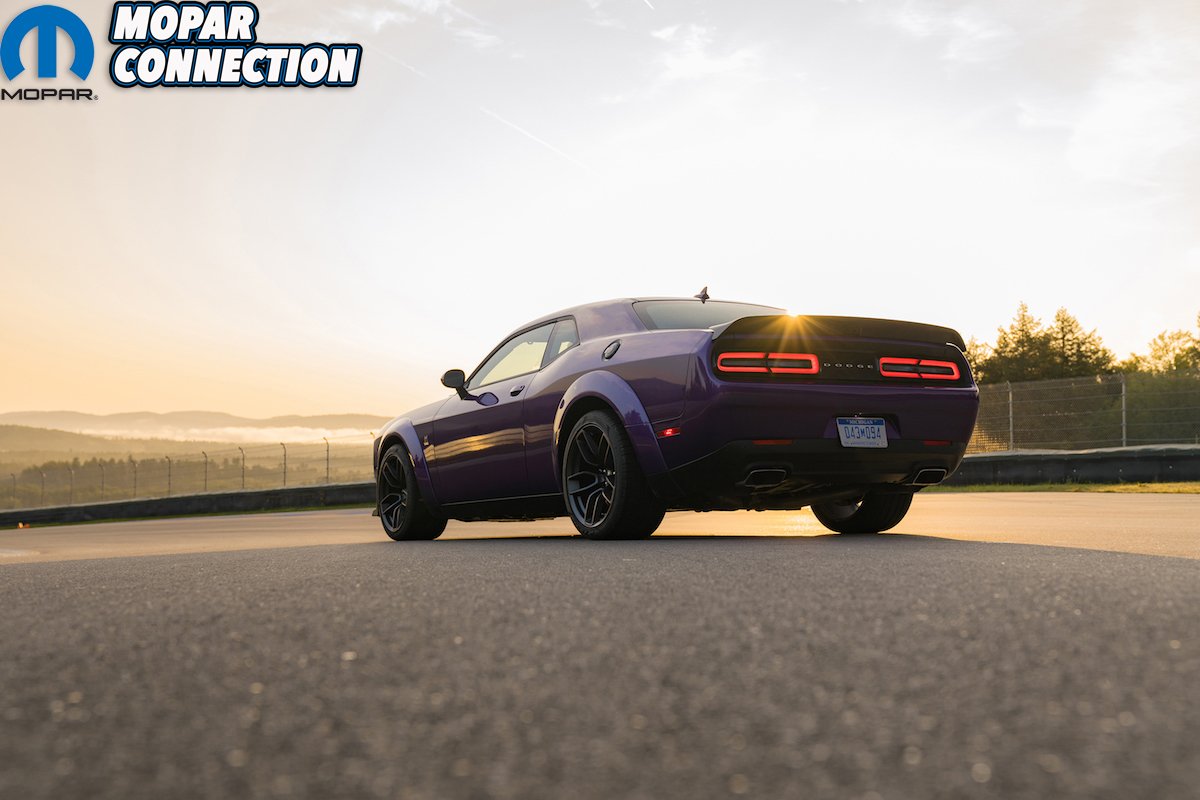




 Mopar Connection Magazine – The ONLY Daily Mopar Magazine © 2024. All Rights Reserved. Mopar Connection Magazine is the ONLY daily Mopar Magazine bringing you the latest Mopar news, technology, breaking news, and Mopar related events and articles. Find out the latest information about Mopar, Mopar products and services, stay up to date on Mopar enthusiast news, dealership information and the latest Mopar social media buzz! Sign up for the Mopar Connection Magazine newsletter for the latest information about new products, services and industry chatter. Mopar Connection Magazine is the best and only source you need to be a Mopar industry insider!
Mopar Connection Magazine – The ONLY Daily Mopar Magazine © 2024. All Rights Reserved. Mopar Connection Magazine is the ONLY daily Mopar Magazine bringing you the latest Mopar news, technology, breaking news, and Mopar related events and articles. Find out the latest information about Mopar, Mopar products and services, stay up to date on Mopar enthusiast news, dealership information and the latest Mopar social media buzz! Sign up for the Mopar Connection Magazine newsletter for the latest information about new products, services and industry chatter. Mopar Connection Magazine is the best and only source you need to be a Mopar industry insider! by
by